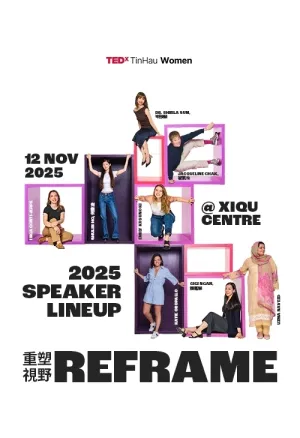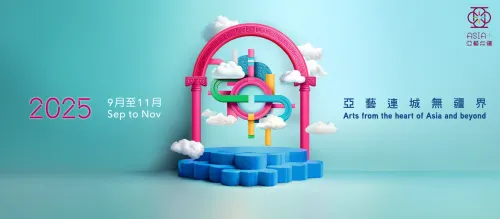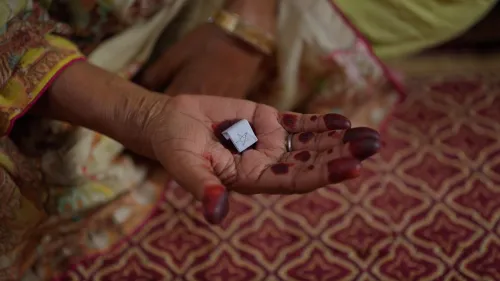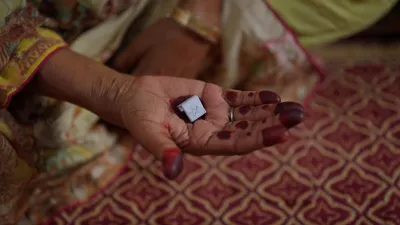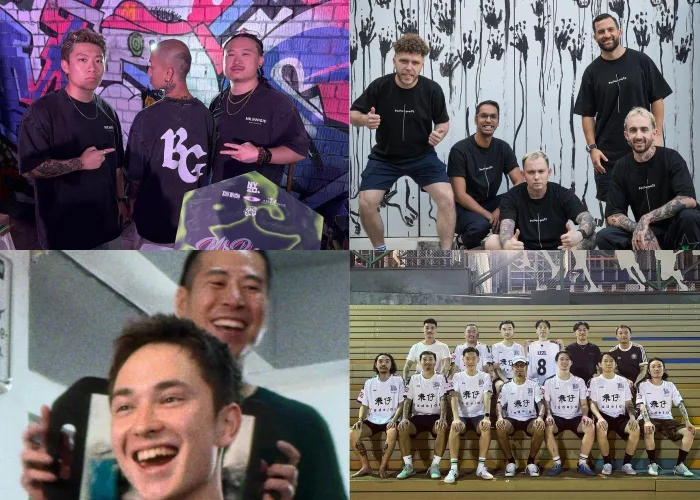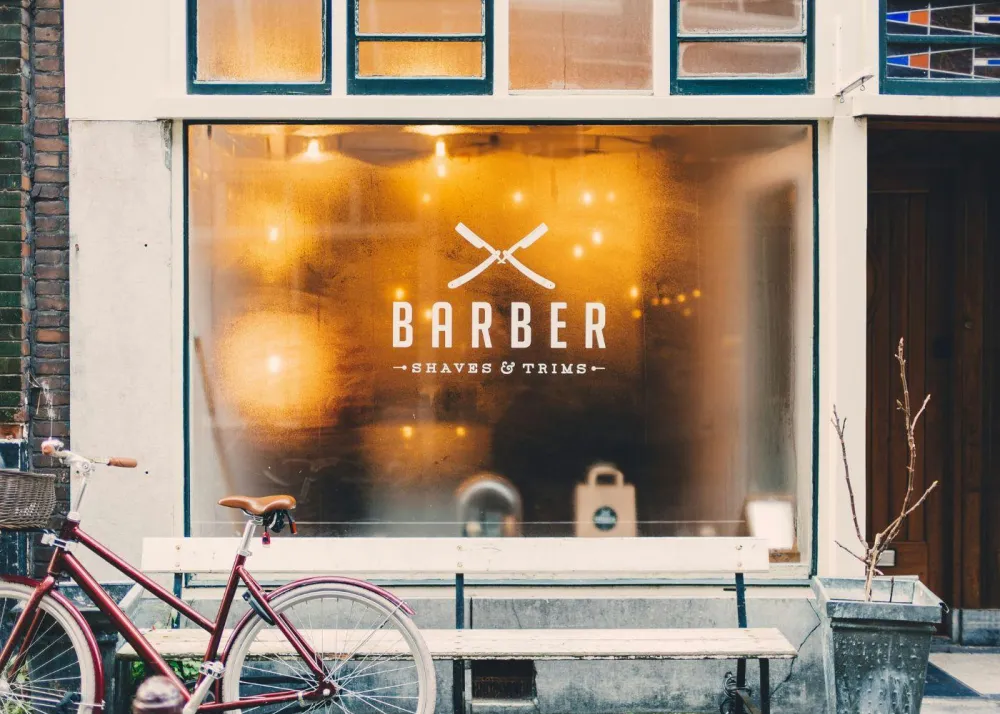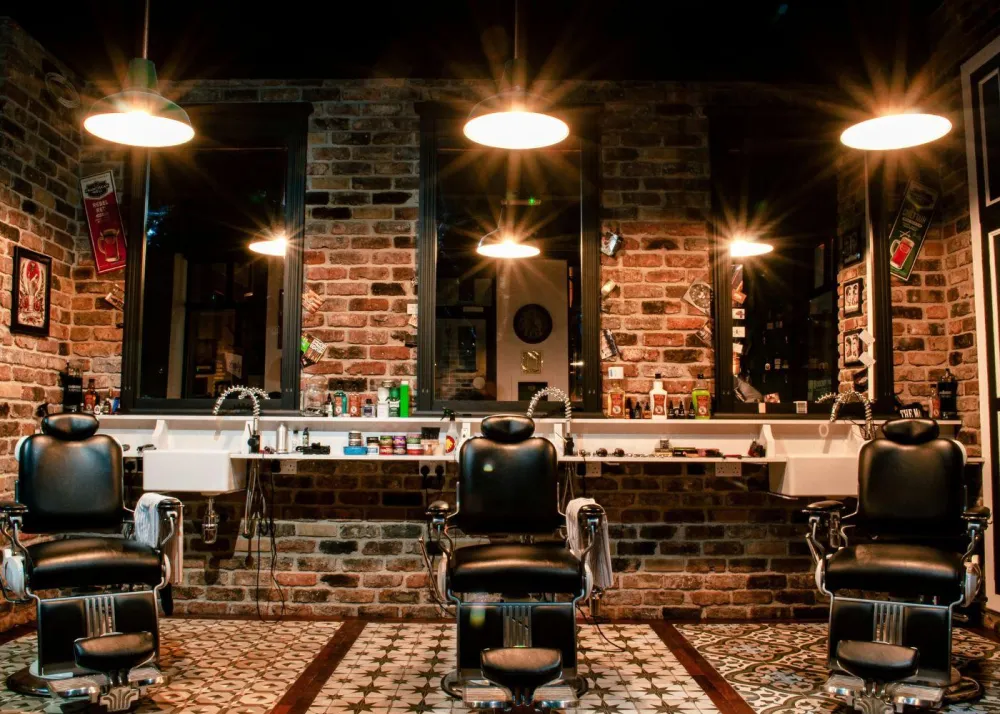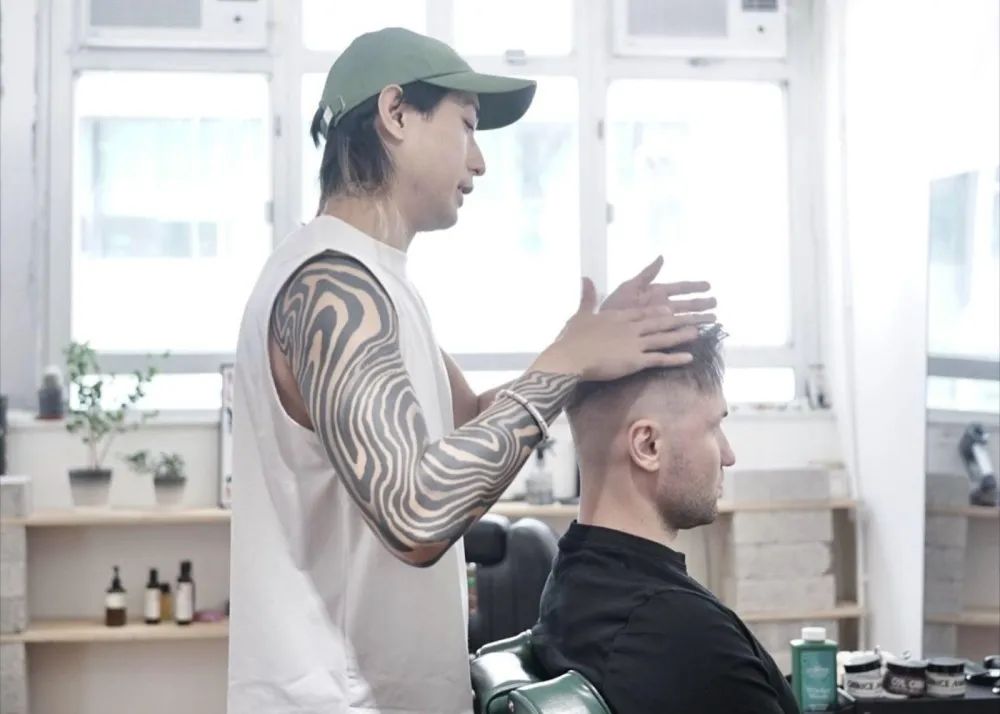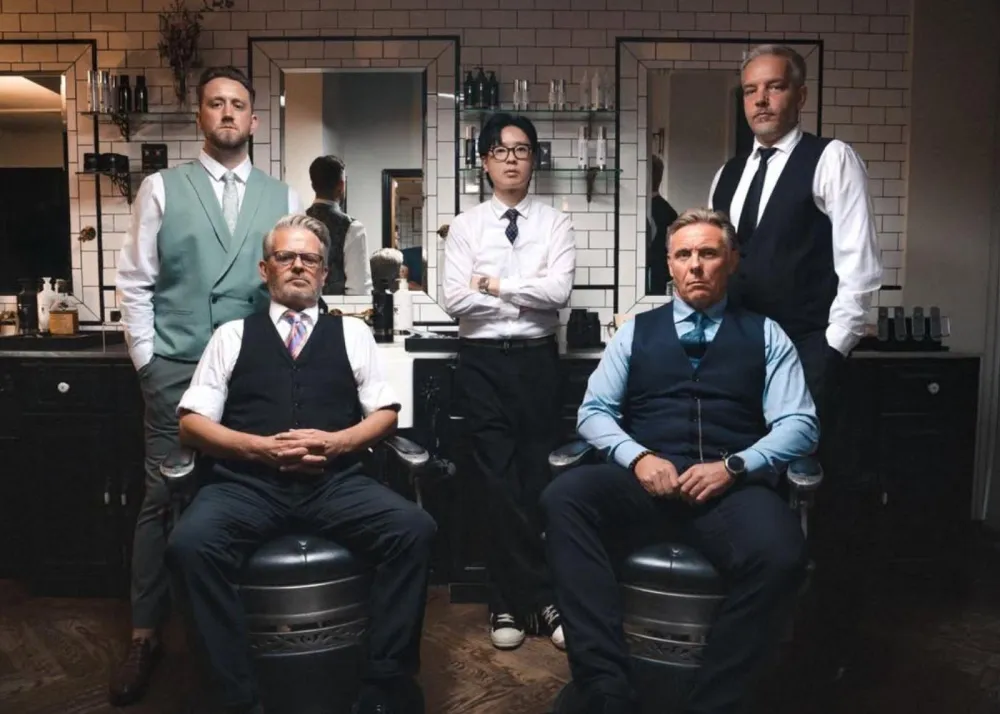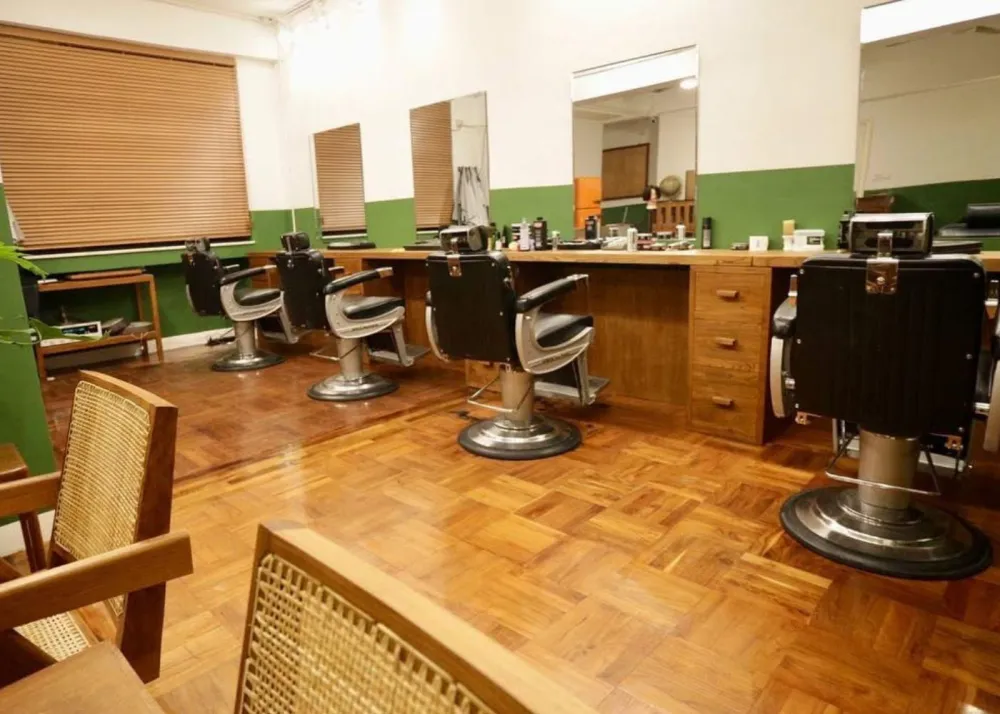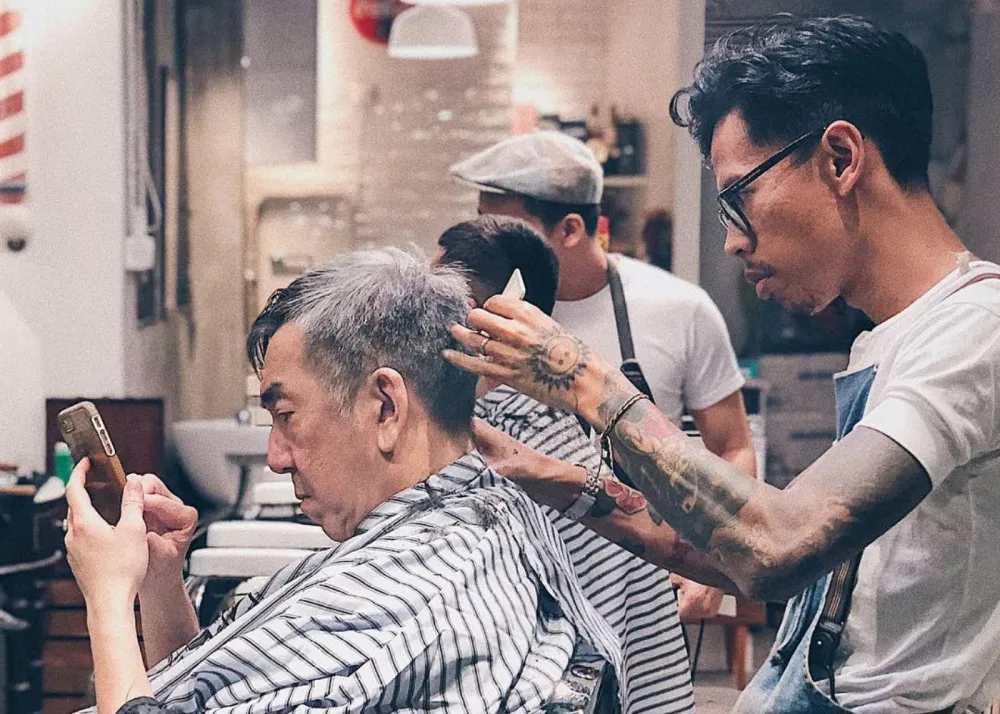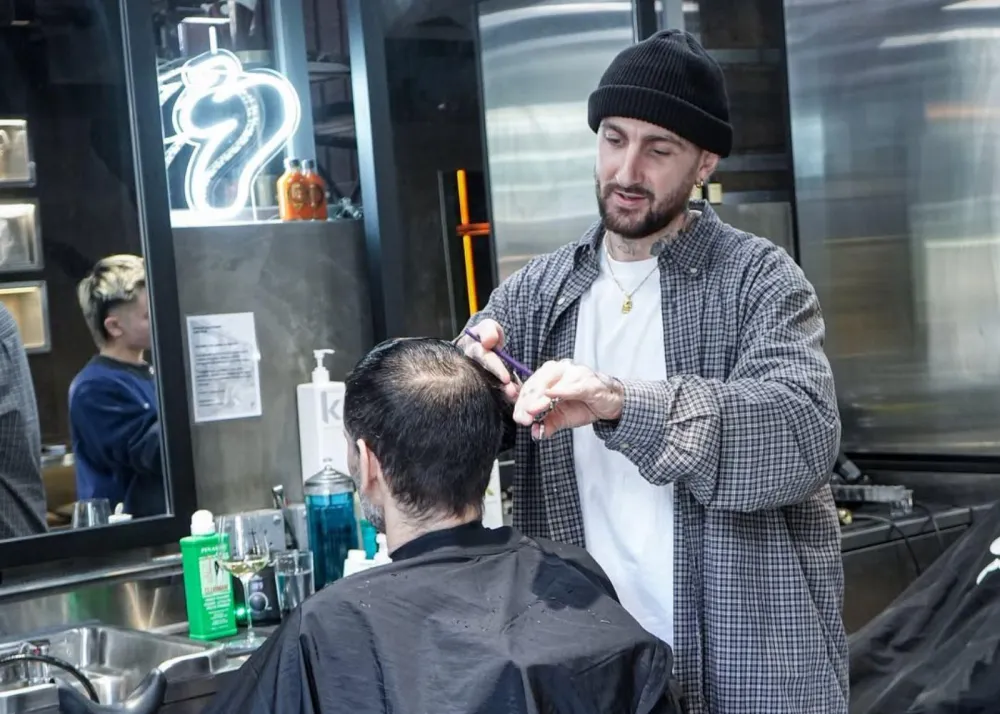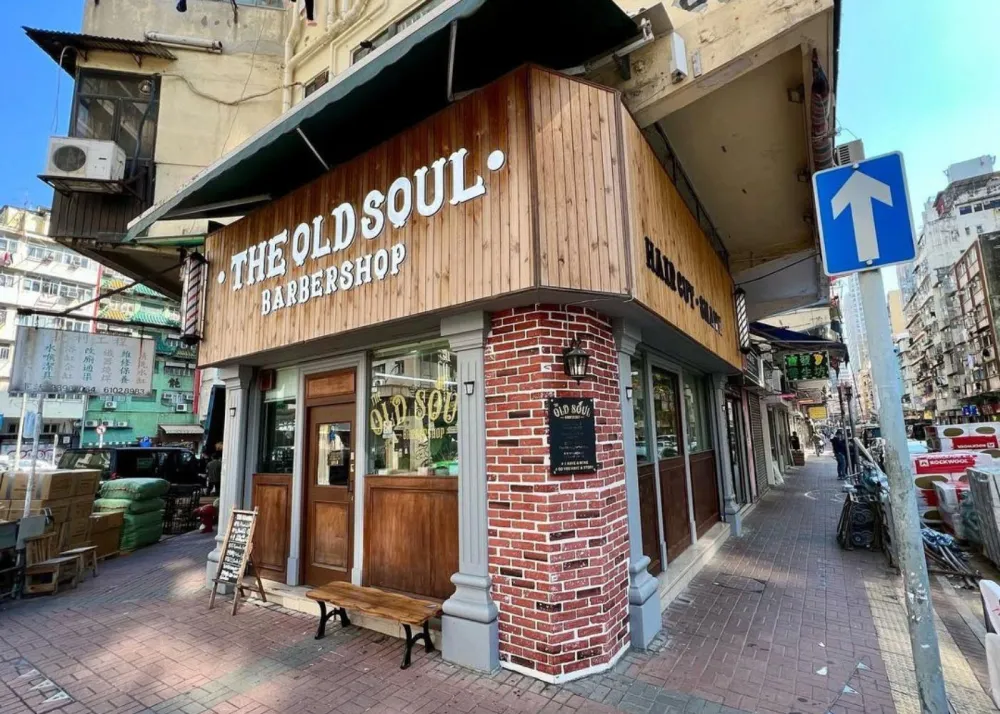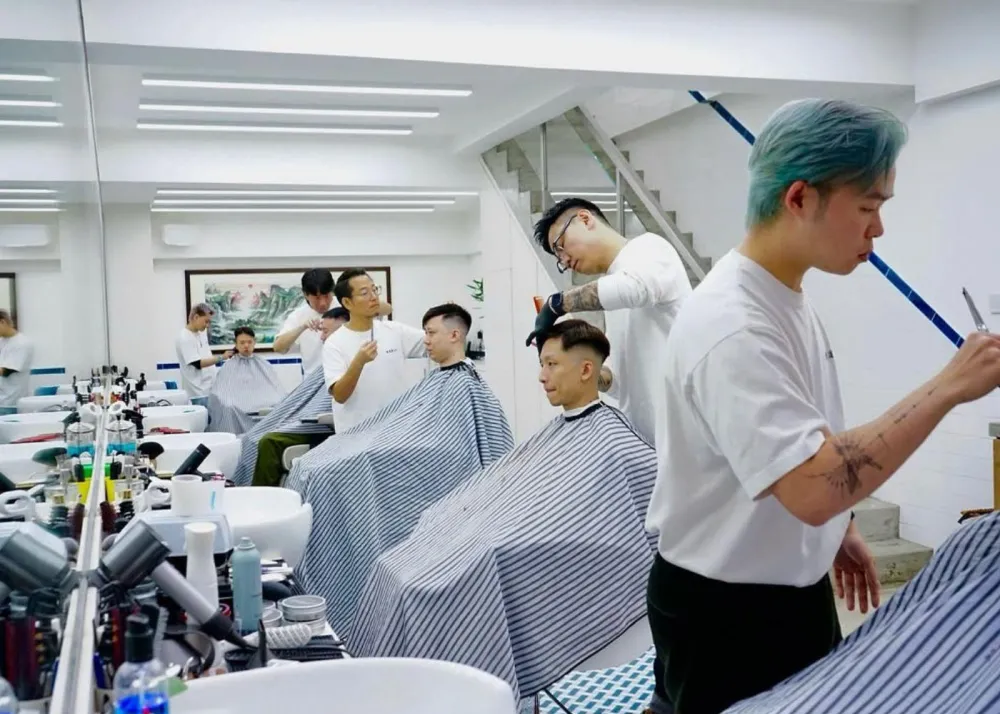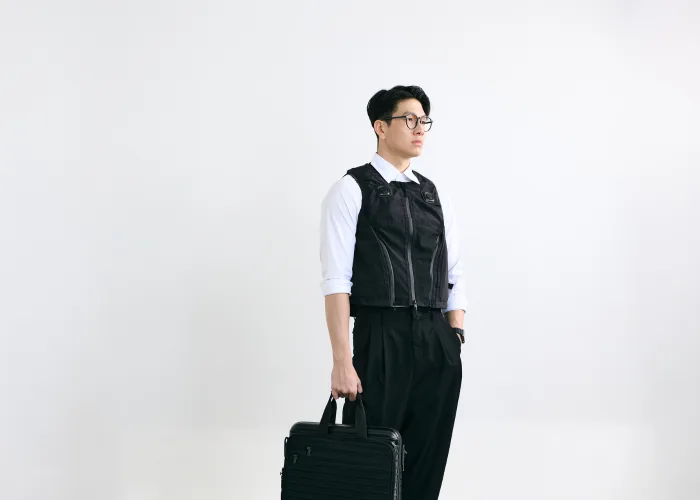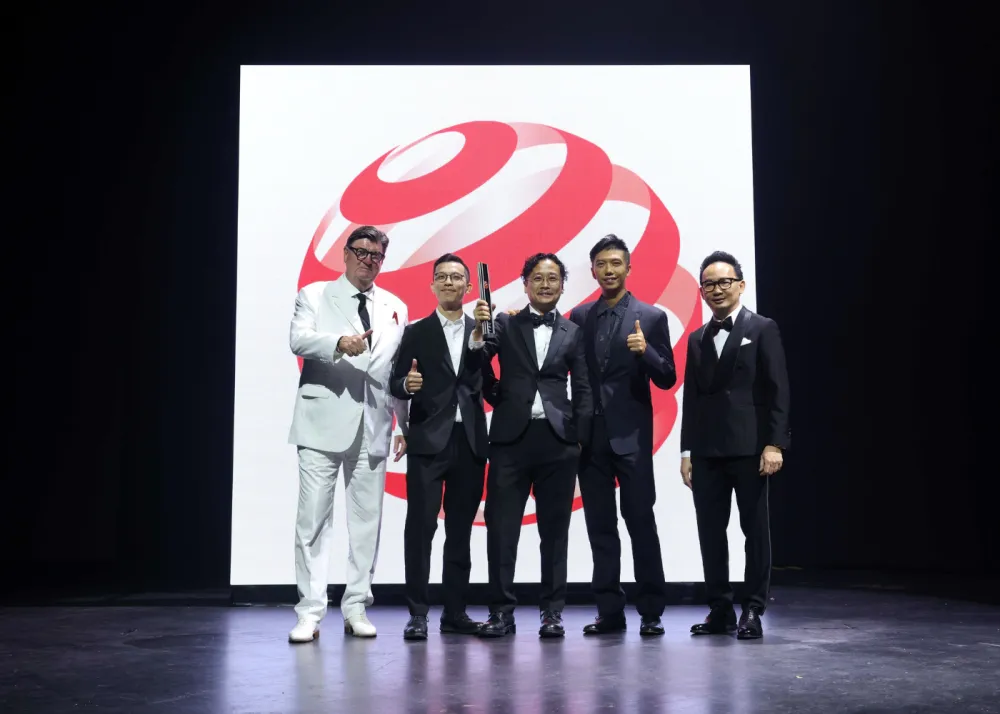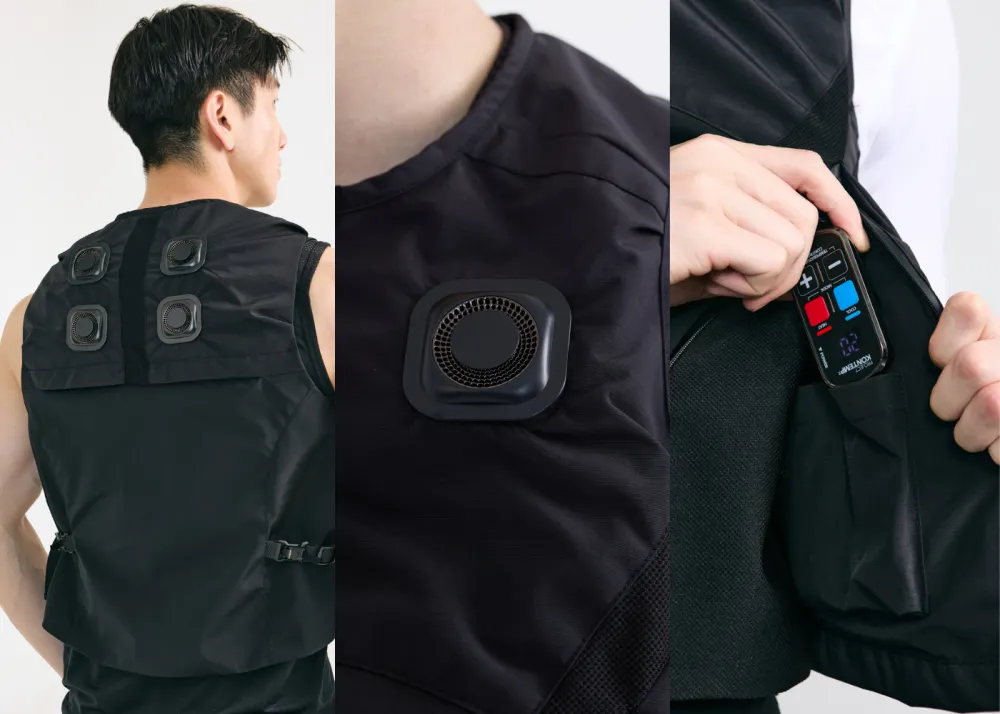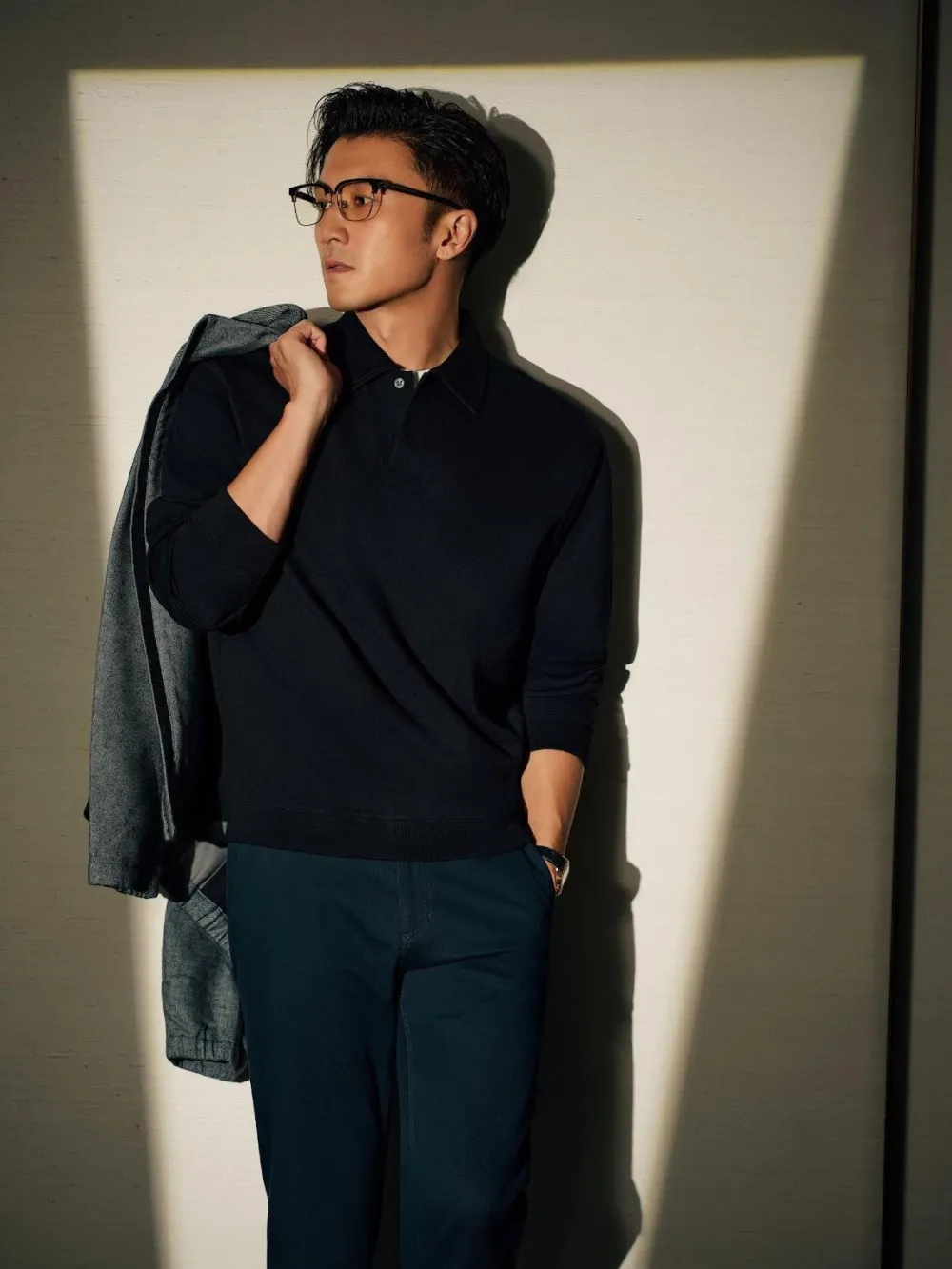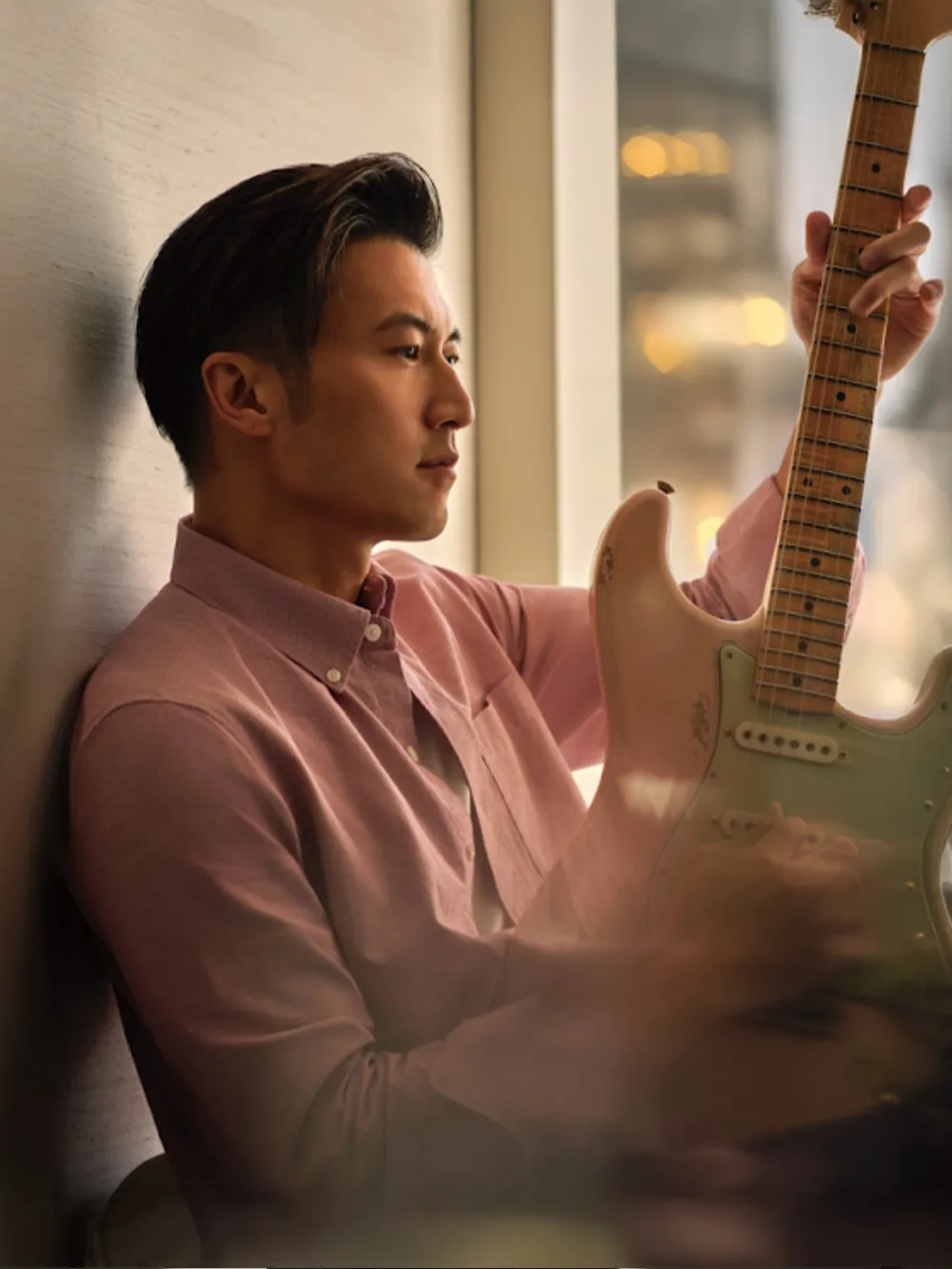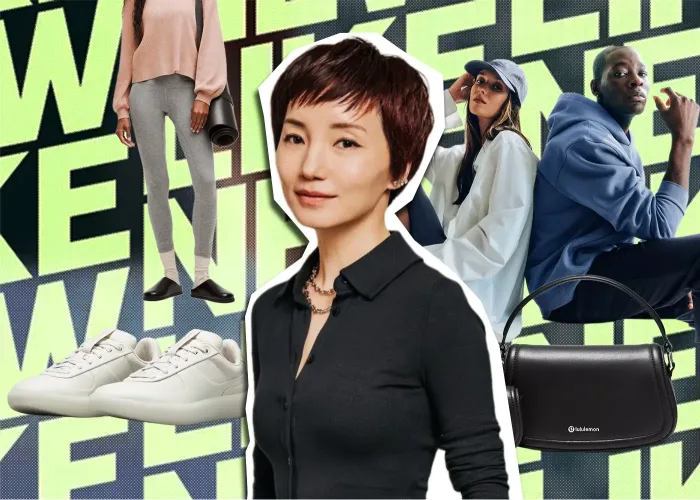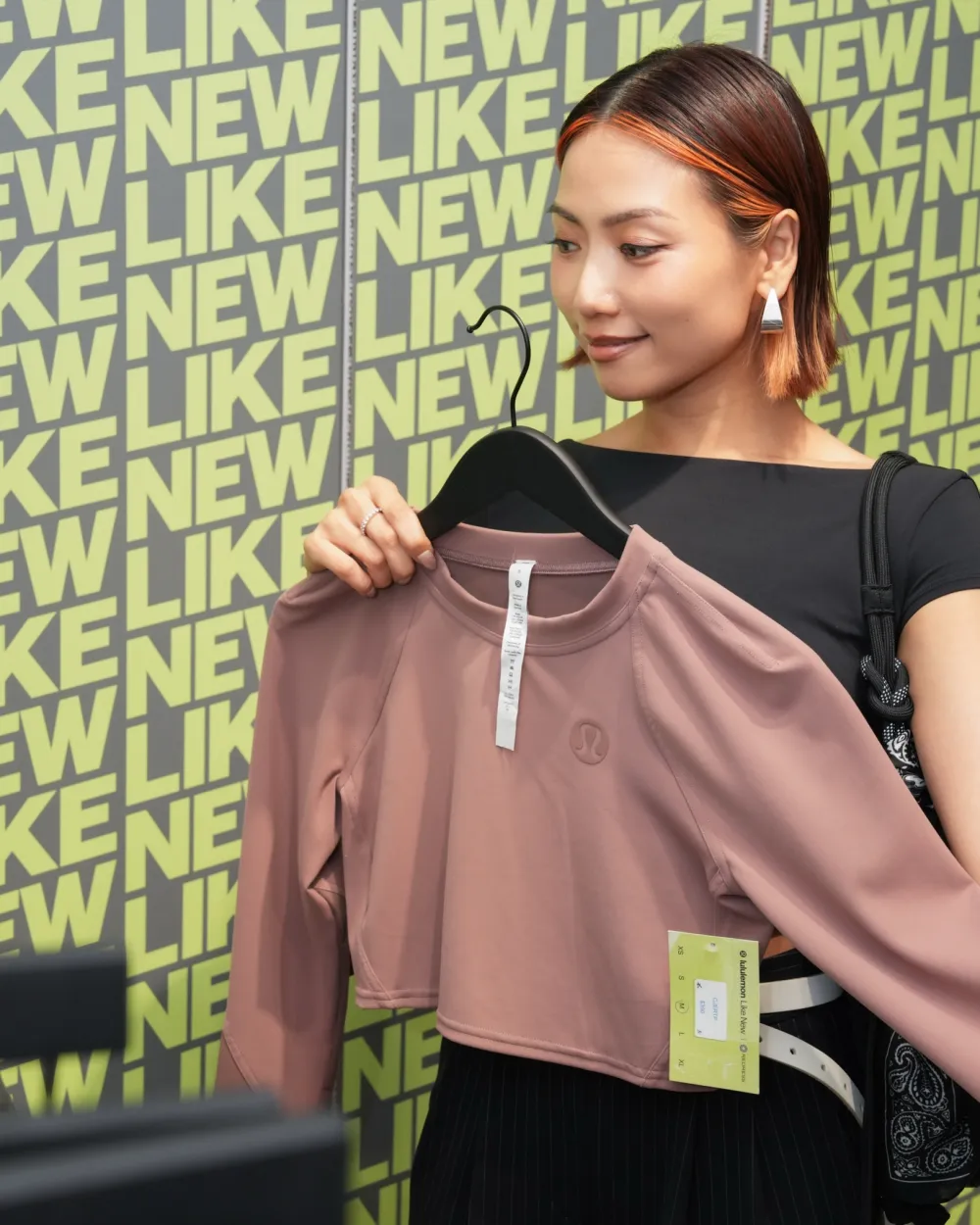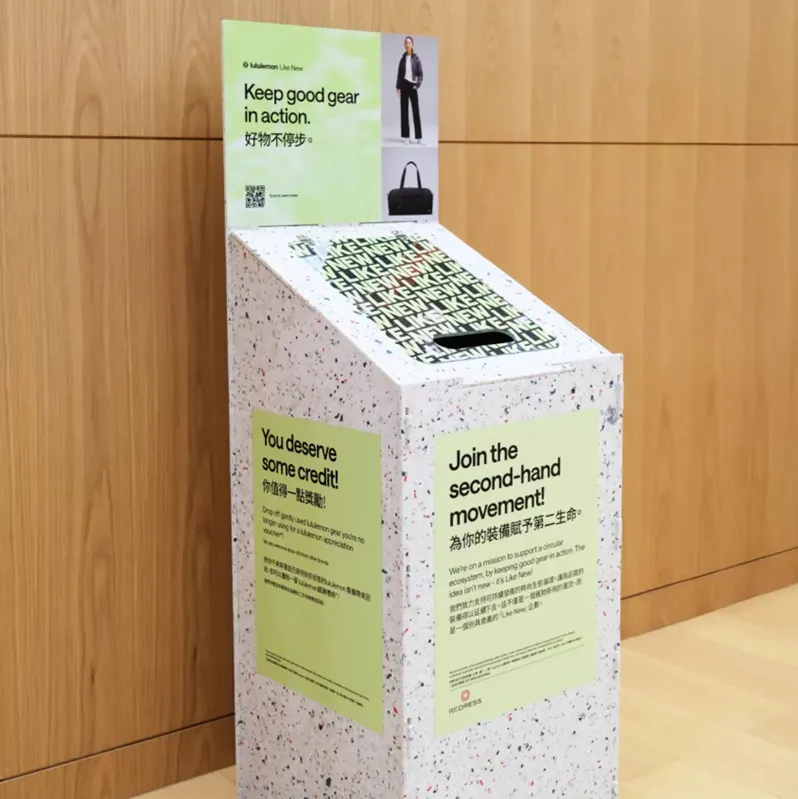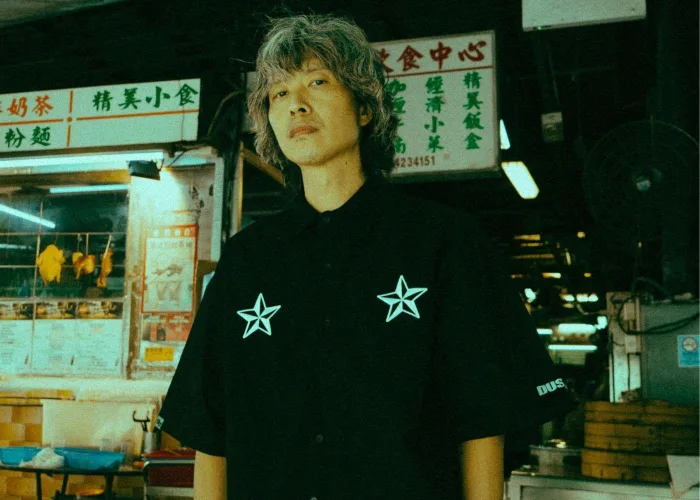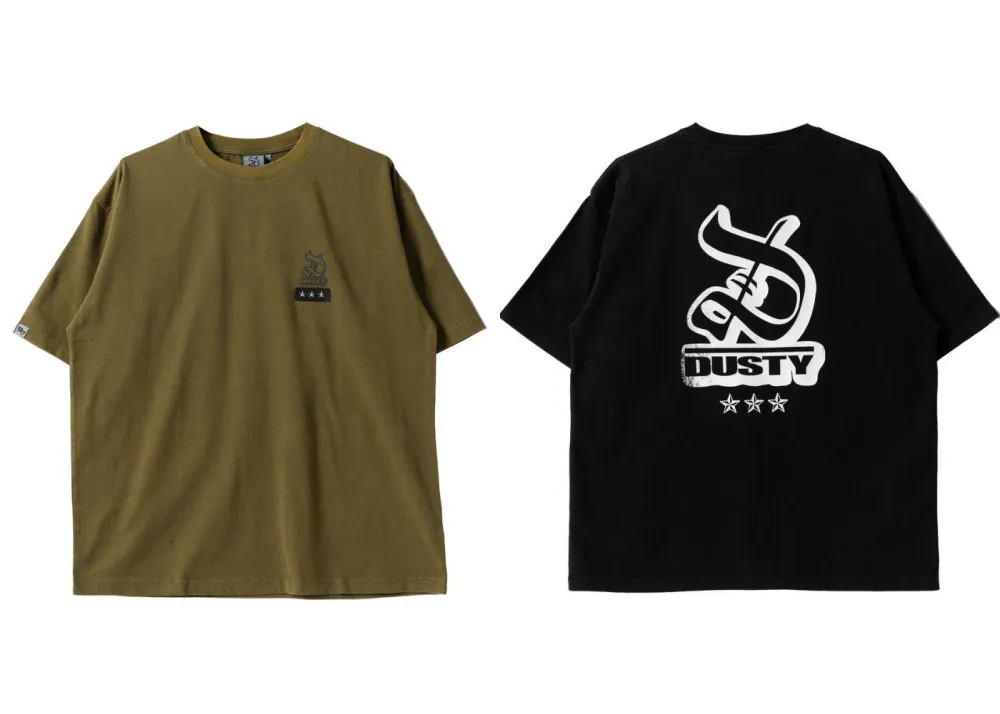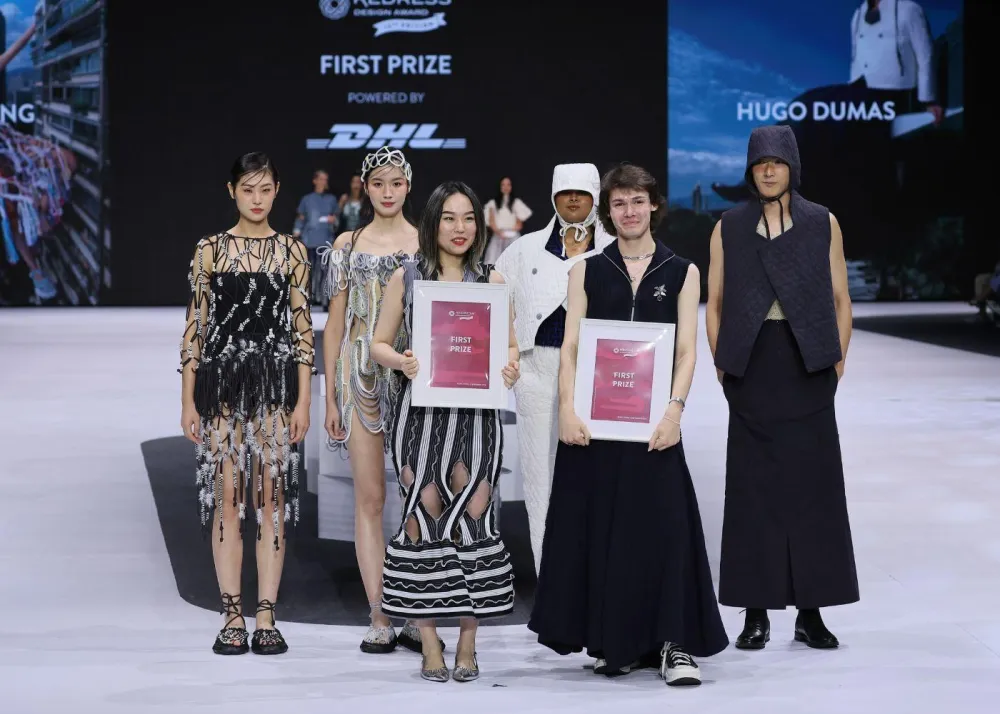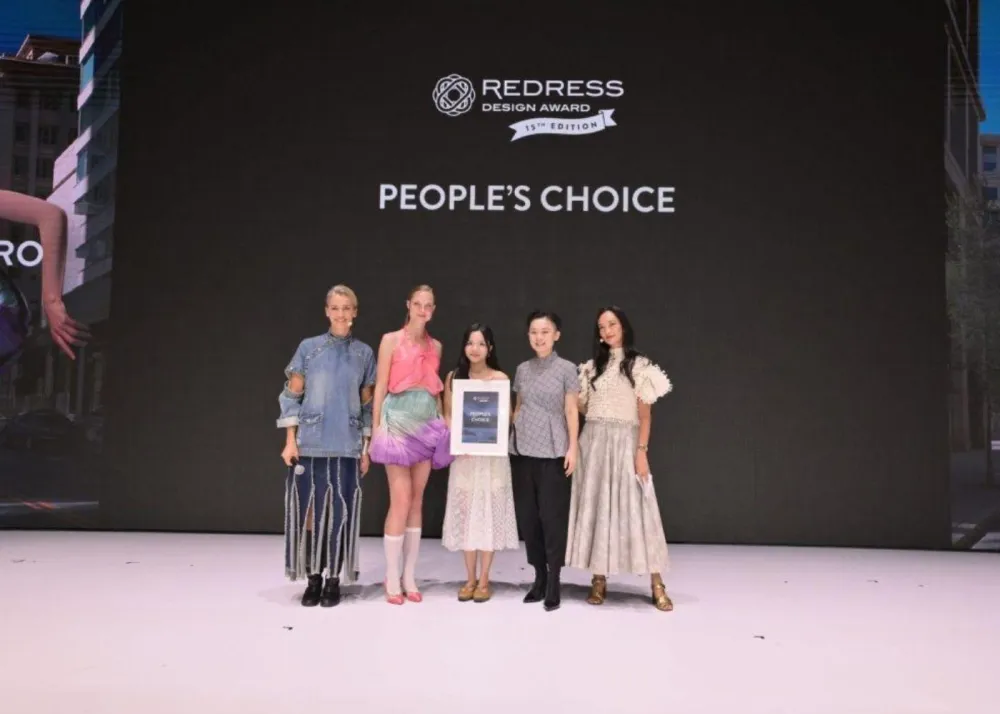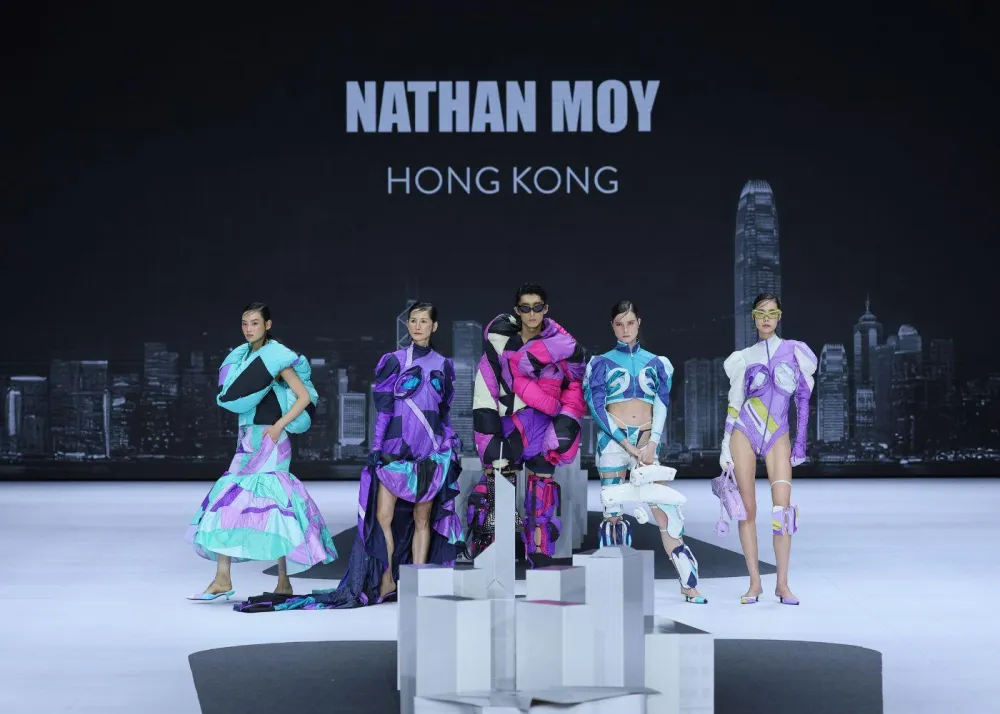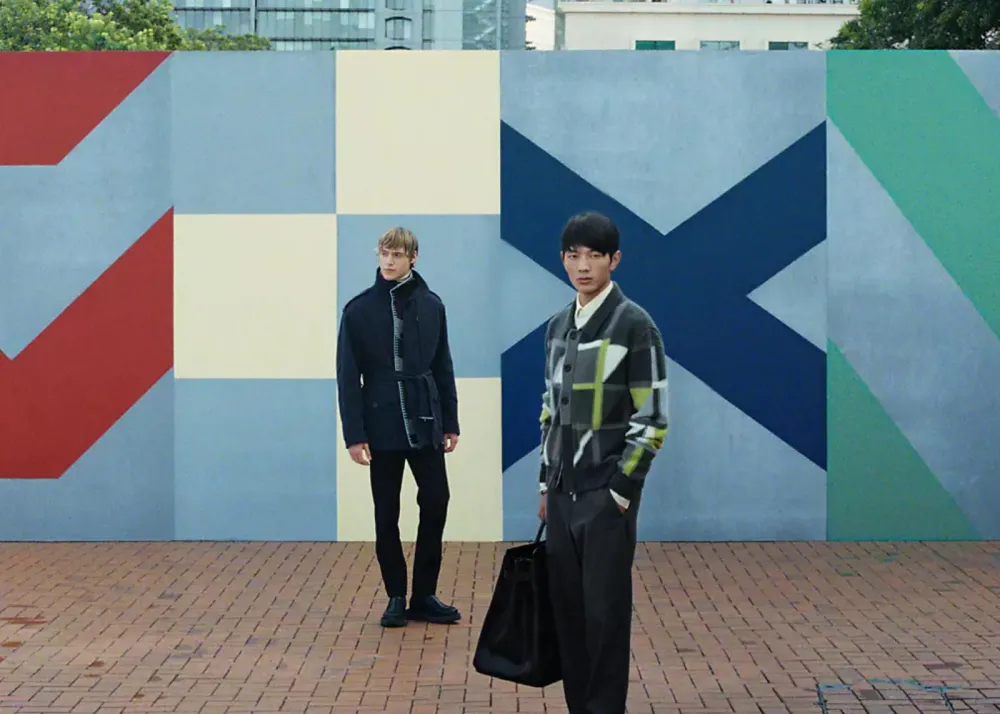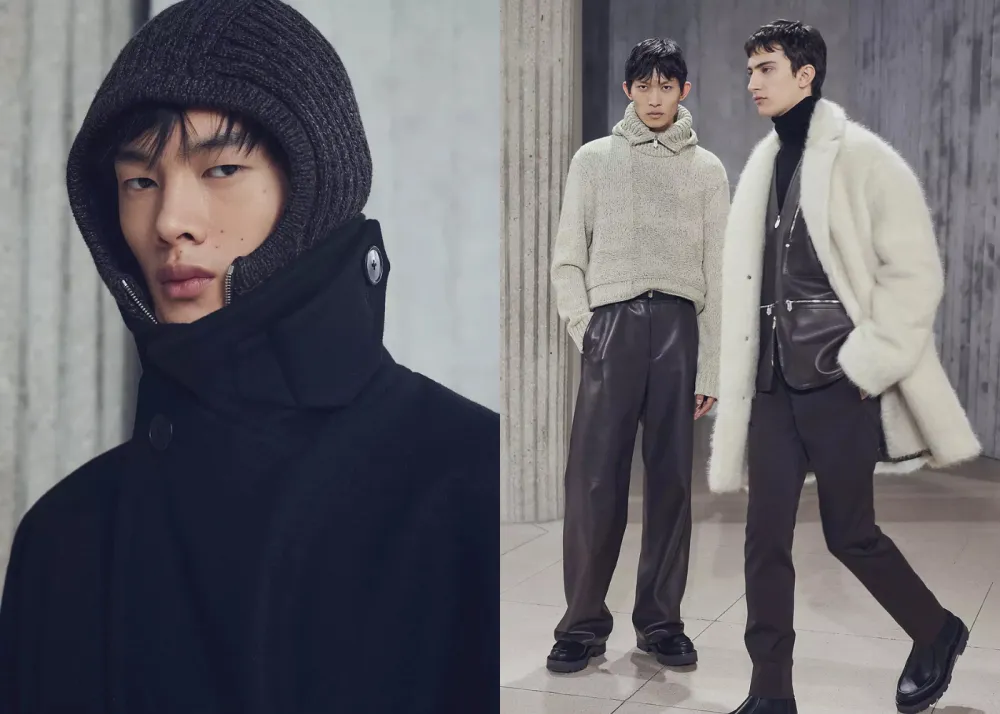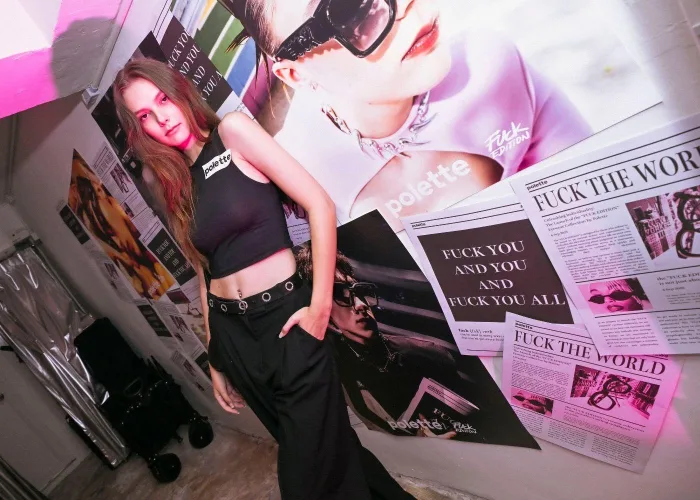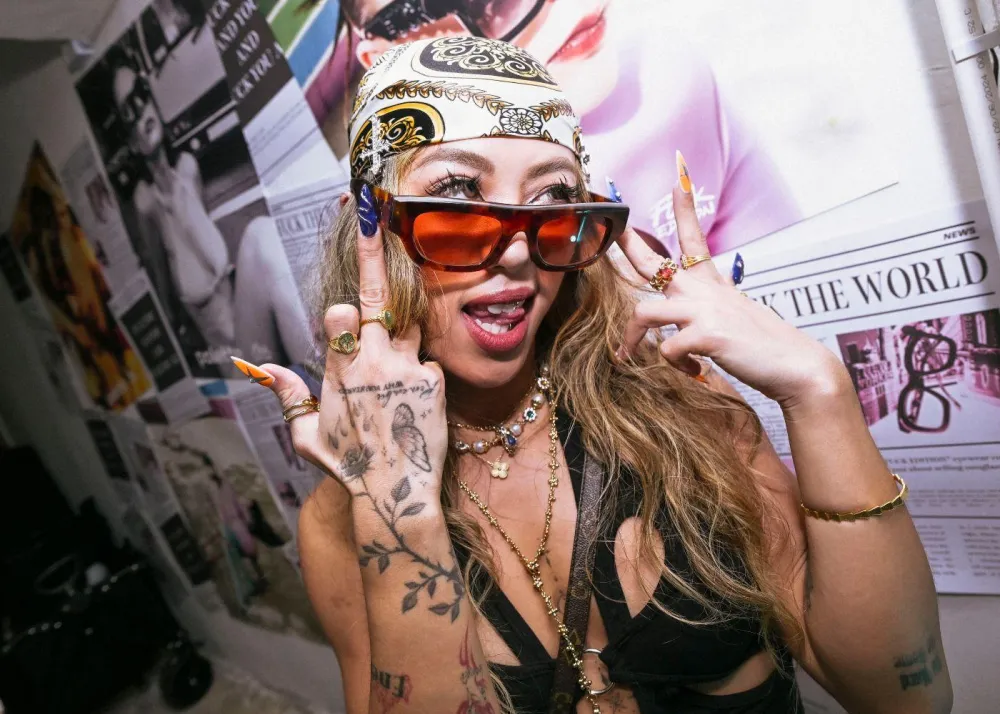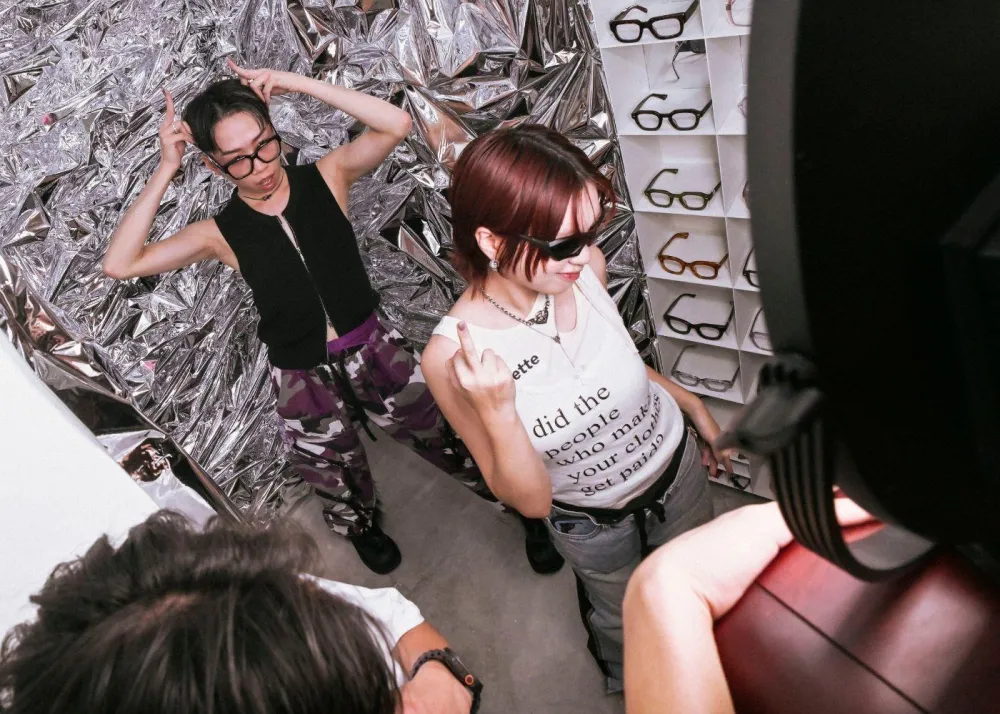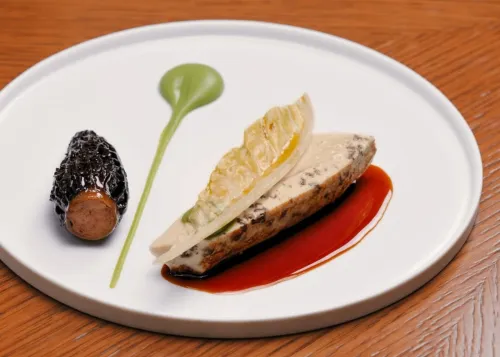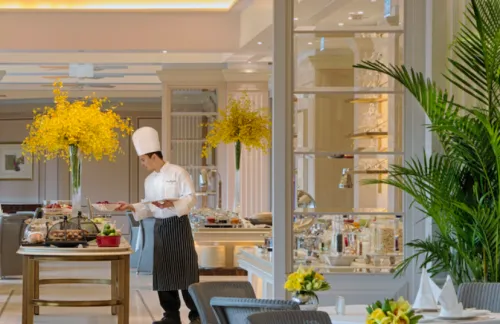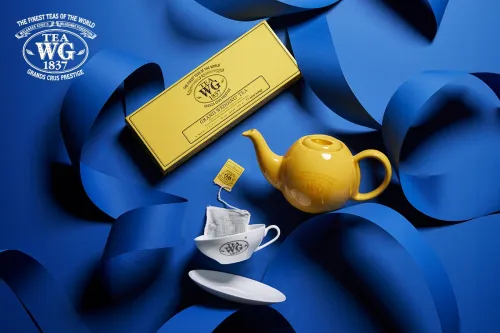Beyond the Wig: Katie Oropallo on Finding Identity Beneath the Layers

At this year’s TEDxTinHau Women 2025, themed “Reframe,” audiences will be invited to see the world—and themselves—through fresh lenses.
Now in its ninth year, Hong Kong’s longest-standing TEDx event dedicated to women continues to spotlight trailblazers who challenge convention and ignite dialogue on how we can adapt, thrive, and redefine our perspectives. Among the eight speakers taking the stage on Nov. 12, 2025, is Katie Oropallo, an accomplished hair and makeup artist whose craft goes far beyond aesthetics.
With over 15 years of experience transforming characters for stage and screen, from London’s West End productions to Netflix sets, Katie has mastered the art of storytelling through wigs and makeup. Her expertise in period wig styling reveals not only an admiration for history but also a deep understanding of how appearance shapes identity. As a lecturer at The Hong Kong Academy for Performing Arts (HKAPA), Katie channels her passion into empowering the next generation of artists, while also using her skills to support those navigating hair loss and self-image challenges.
Speaking with The Beat Asia, Katie opened up about how her years in theatre have shaped her love for wigs and makeup, revealing how these art forms transcend beauty to become expressions of identity and empowerment. She also shared what she hopes attendees of TEDxTinHau Women 2025 will take away from her talk.
Hi Katie! What initially drew you to the world of wigs and makeup artistry?
I actually wanted to be a nurse at first! But when that path didn’t work out, I trained as a hair and makeup artist with the goal of helping burn victims.
Becoming a hair and makeup artist allowed me to be creative while using my skills to empower people. It’s never been about vanity for me. I was incredibly lucky—my very first job was at the London Palladium, and from that moment on, I never left the world of theatre. I spent 15 amazing years in that space. It was the perfect career for my twenties; far better than any office job!
And you’ve also worked in film! Does your approach differ when creating looks for live performance versus the camera?
Absolutely—there’s quite a big difference between wigs, hair, and makeup for theatre versus TV and film.
Makeup for theatre is much heavier than everyday makeup because stage lighting tends to wash everything out. We use specific techniques and tricks to make features pop under those lights. Timing is also crucial in theatre. You have to work fast, often with more performers than there are hair and makeup artists.
Wigs are different, too. In film, we use high-definition lace and everything is designed to look completely natural on camera. But in theatre, things are much more exaggerated because the audience is viewing from a distance. It’s all about creating impact from afar.
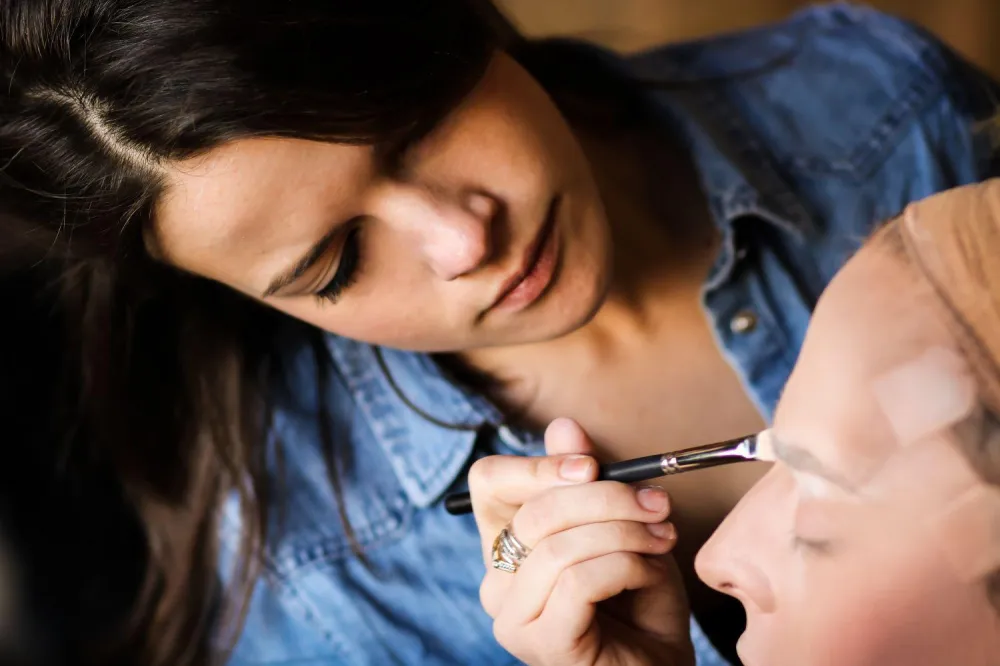
That sounds amazing! You’ve also done quite a few period wigs throughout your career. What do you love most about recreating historical hairstyles?
The history of wigs is something I totally geek out about! They’ve been around since ancient Egypt, and there’s just so much to explore. I honestly think I’d make a great wig historian.
Recreating period hairstyles is incredibly satisfying. People used to spend so much time crafting these elaborate looks, and I love bringing that artistry back to life. Styling a wig for a few hours, music playing, just getting lost in the process—that’s my happy place. And collaborating with the costume team to complete the overall look? That’s the cherry on top. I absolutely love it!
Wigs and makeup have the power to completely transform a person’s physical appearance. How do you balance authenticity with creativity?
It really depends on the designer’s vision! But for me, the balance often comes down to the techniques used to achieve the final look. Wig making and styling is such a traditional, artisan craft—it’s inherently rooted in authenticity. Even when we’re pushing creative boundaries, the foundation is always built on traditional techniques. That’s what makes it so special: you can innovate while still honoring the craft’s rich history.
Even when we’re doing something wild or modern, the techniques are rooted in tradition. So you get to be creative, but you’re still honoring the history behind it. That’s what makes it fun!
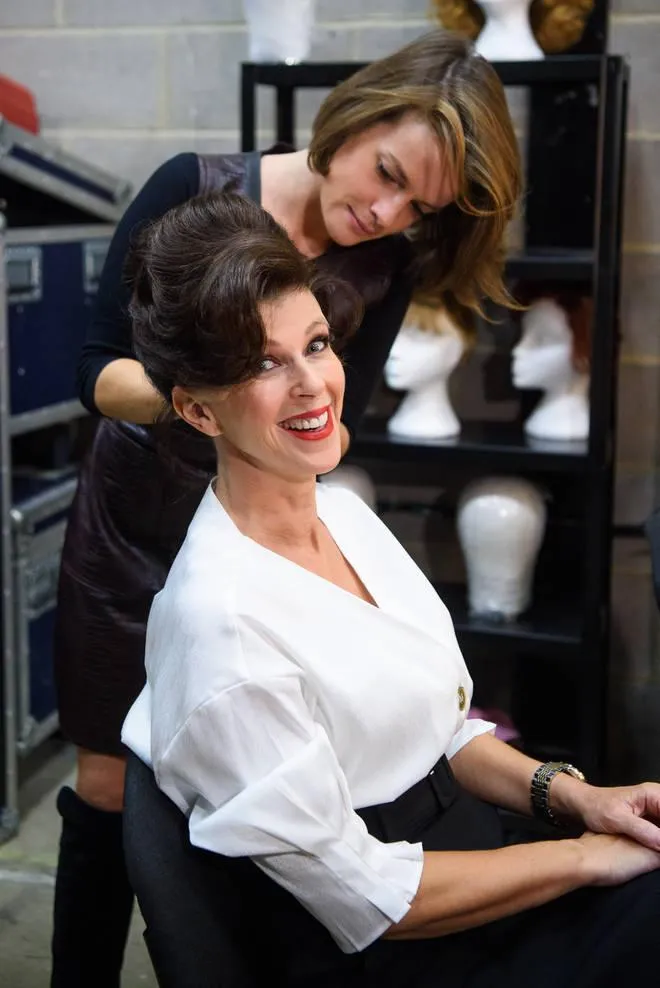
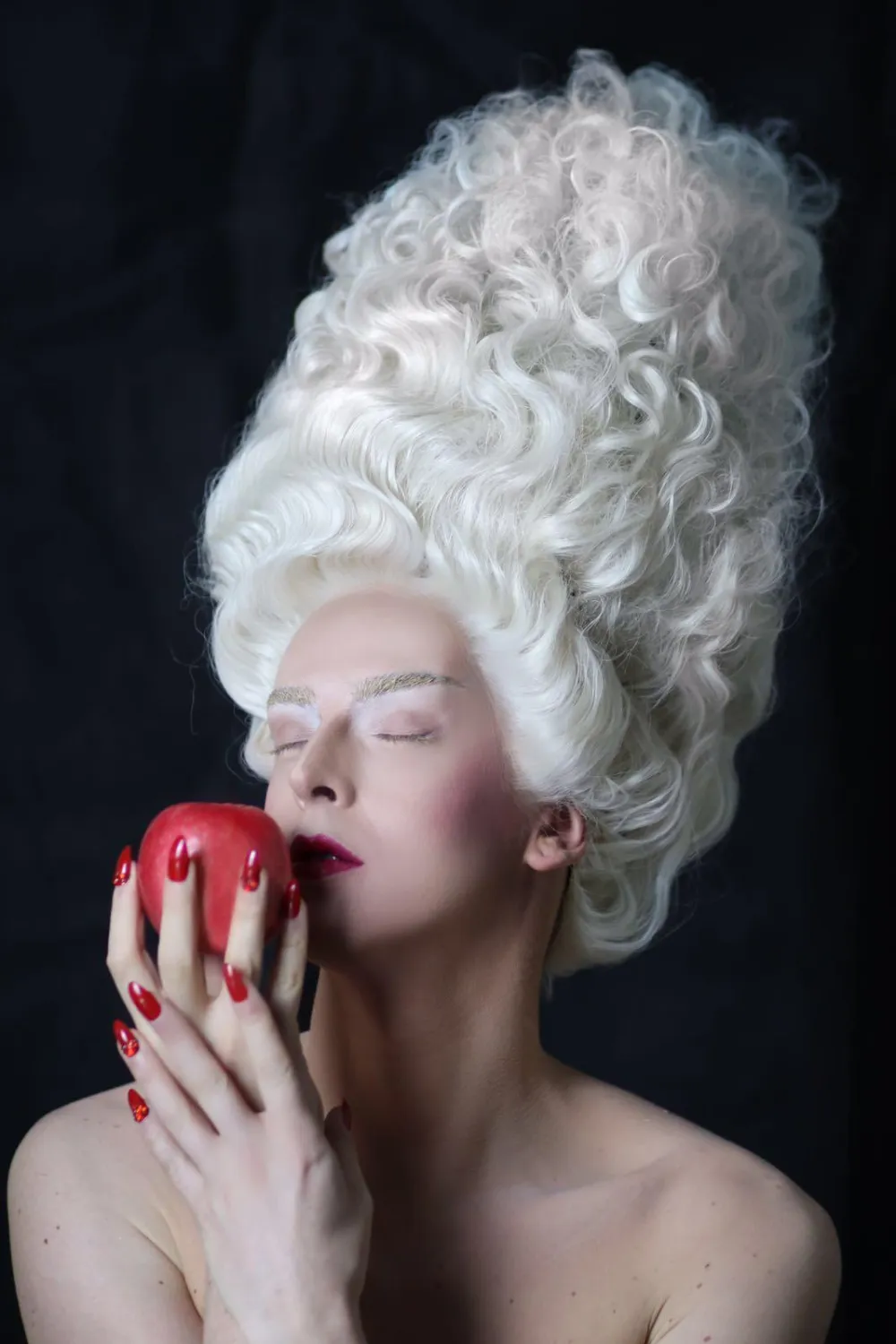
Has working across different countries and industries influenced your perspective on beauty, identity, and storytelling through hair?
Every place I’ve worked has its own approach when it comes to hair, such as what’s considered beautiful, how styles reflect identity, and the stories people want to tell. It made me realize that hair isn’t just about looks—it’s about culture, history, and self-expression. I’ve learned to be more open-minded and creative, and to really listen to what people want their hair to say about them.
It reminds us of how it’s used in performance art forms like drag, too! What are your thoughts on their role in that space?
Yes! WIGS GIVE PEOPLE FREEDOM! They are used as an extension of self-expression. Just watch “Ru Paul’s Drag Race!”
Beyond the stage and on camera, you’ve also supported individuals dealing with hair loss. How has that experience shaped the way you view the emotional and psychological power of hair?
Most of my job is fun and creative, but working with people going through hair loss was a real shift. It hit me hard. Meeting people who’ve lost their hair and feel powerless about it is heartbreaking. You really can’t imagine how tough that is until you see it up close.
I’ve had clients who stopped leaving the house because of bald patches. It affects their confidence, their identity, and even their relationships.
I have discovered that hair isn’t just about style—it’s emotional, it’s psychological, it’s deeply personal. Helping someone feel like themselves again through a wig or styling isn’t just a job, it’s a privilege.
And this is central to your “Reframe” talk on Nov. 12. What do you want audiences to take away from your upcoming talk?
I want people to know that there’s always a way forward—no matter what you’re facing. Whether it’s hair loss or something else that affects how you see yourself, there are solutions, and there are people out there who understand and want to help. You don’t have to stop living your best life just because something changes about your appearance.
And I really hope the talk makes people pause before they judge someone based on how they look. We’re so quick to judge based on appearances, but there’s always more going on beneath the surface. I want people to walk away feeling like transformation isn’t about hiding flaws—it’s about owning your story. Whether it’s through wigs, makeup, or just showing up as yourself, confidence comes from feeling seen and accepted.
Beauty isn’t one-size-fits-all, and transformation isn’t always about vanity—it’s often about healing, confidence, and reclaiming your identity. If I can help shift that perspective even a little, I’ll be happy.
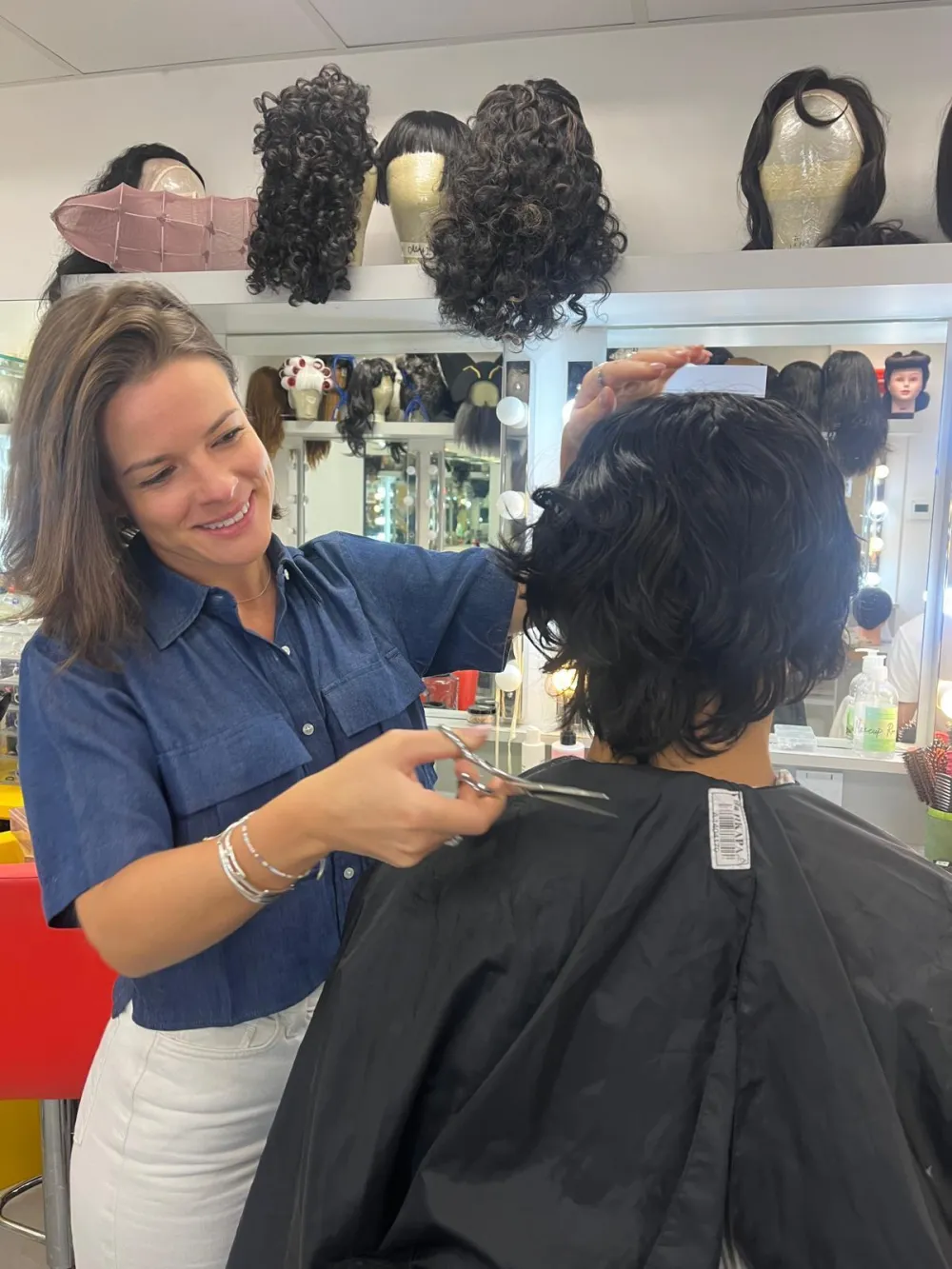
You’re also a lecturer at The Hong Kong Academy of Performing Arts. How do you inspire your students to see beyond technique and understand the storytelling power of wigs and makeup?
I always encourage them to have fun with it! I teach them the core techniques, of course. But what excites me most is seeing how each student takes those skills and makes them their own. Everyone has a different creative voice, and I want them to feel confident exploring that. As long as they reach the desired outcome, it’s their own journey about how they get there.
I remind them that wigs and makeup aren’t just about making someone look good—they’re about telling a story. A hairstyle or the position and shape of an eyebrow can say so much about a character’s journey, their mood, and their past. I push them to think about the “why” behind every choice.
I also like to teach them about teamwork and looking out for others. Theatre is ALL team and not putting your ego first. The job is long hours and hard work sometimes, but we are lucky to have the creative industry.
I just want the students to laugh at work every day like I used to! It is important for creatives to know where they fit in and can have a successful career.
That’s awesome! So, what’s next for you? Do you have any upcoming projects you’re looking forward to?
I’ll definitely continue teaching at HKAPA. I love working with the students there, and my job is so varied, I am never bored, and we create and develop ALL the time!
I’d really like to set up a platform in Hong Kong for people dealing with hair loss. A space where they can access free information, support, and feel less alone. I’m planning to start a blog too, sharing reviews and tips about the wig shops here, just to make things easier for anyone navigating that world.
And honestly, my ultimate dream? To become a wig historian. I’m not joking! I’m obsessed with the history of wigs and would love to dive even deeper into that world one day.

The TEDxTinHau Women 2025 returns on Nov. 12 and will feature talk segments from Katie Oropallo, Jacqueline Chak, Inga Conti-Jerpe, Shulin Ho and Emily Kusunoki, Uzma Naveed, and Dr. Shirla Sum. You can learn more about the speakers here.
Tickets are priced at HK$600 and are available here.
For updates, follow TEDxTinHau Women on Facebook and Instagram.
Get the latest curated content with The Beat Asia's newsletters. Sign up now for a weekly dose of the best stories, events, and deals delivered straight to your inbox. Don't miss out! Click here to subscribe.


